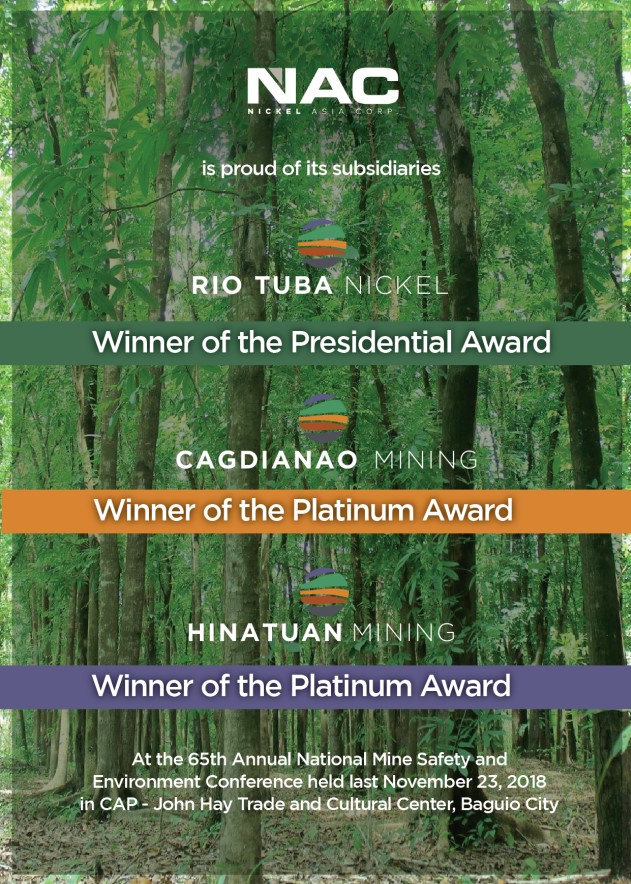Mother Nature has the final say
 By Leonardo Micua
By Leonardo Micua
I recently came across photos posted online by my good friend, retired Colonel Sonny Versoza of Lingayen—former police director of Pangasinan and one time chief of police of Dagupan City during the last and final term of Mayor Alipio Fernandez Jr.
His photos told a sad story. They showed what had become of the much-touted Lingayen Beach wall, once proudly pushed as a shield against the waves of the Lingayen Gulf. After the onslaught of Super Typhoon “Uwan”, the multi-million peso infrastructure built by the Department of Public Works and Highways (DPWH) was simply no match against nature’s fury.
The supposedly sturdy walls were uprooted by powerful undercurrents and turned virtually upside down—offering no resistance at all to the storm surge unleashed by “Uwan”
In the aftermath, the entire Lingayen Beach was turned into total disarray, buried in about a meter of sand and mud. It took the provincial engineering office several days, with the help of heavy equipment, to clear the mess.
For Sonny, the destruction did not come as a surprise. As someone who grew up playing in the sands of the Lingayen Beach, he knows the mood and rhythm of the Lingayen Gulf better than most. His father, the late Mayor Mariano Versoza, and his mother, Luisa, who later succeeded him, both served as town executives of Lingayen—making the Versoza name deeply entwined with the town’s history.
Sonny, who later became director of the Food Terminal Incorporated during the Duterte administration, was among those who strongly opposed the construction of a seawall—a pet project of Second District Rep. Mark Cojaungco.
He had long argued that building an obstruction along the shore was not the right way to “tame” the Gulf. During a meeting convened by Gov. Ramon Guico III last year at the Pangasinan Trade and Development Center, Sonny clearly explained his point that the best way “is to let the waves go unhampered till they reach their natural limit on shore”. The water, anyway, will return to the sea. “That’s really how Mother Nature works” he added.
Sonny reminded everyone that the behavior of the Lingayen Gulf is something locals and longtime fishermen understand well. To them, the sea must be respected—not walled.
Now, with the project lying in ruins, Congressman Cojuangco must be just scratching his head— realizing that millions of pesos have gone down the drain.
Perhaps the DPWH may have given him the wrong advice in pushing for the project that the sea wall can stand against the force of nature. Nature, as it turns out, always has the final say.
* * * *
When Super Typhoon “Uwan” struck the country recently, hundreds of families from Bangusville in Barangay Bonuan Gueset. Dagupan City fled their homes to escape the deadly storm surge that threatened to engulf their coastal community.
Under the leadership of Barangay Captain Noel Bumanglag and other village officials, a preemptive evacuation was carried out. Residents crowded the North Central Elementary School and the Gregorio del Pilar Elementary School, spending the night there as “Uwan” unleashed its fury. That timely action saved countless lives.
But when the evacuees returned the following morning or the next as “Uwan” was already exiting toward the West Philippine Sea, they were greeted by scenes of devastation. Their houses were buried in sand and mud—some nearly one meter thick. It took them several days to clear out the debris and make their homes livable again.
This tragedy underscores a deeper and more persistent danger. With global warming accelerating the melting of Arctic ice, sea levels continue to rise, posing grave risks to coastal communities like Bangusville. The neighborhood, located barely 200 meters from my own home, has become a virtual danger zone.
Fortunately, my own area was spared from the storm surge—not just this time, but in past typhoons as well. Still, I can’t help but worry for my neighbors in Bangusville. Many remain unaware that their village now sits on perilous ground. For their safety, relocation to higher areas may no longer be just an option—it’s a necessity.
Bangusville was established years ago under the administration of the late Mayor Benjamin Lim, with support from the Gawad Kalinga Foundation. The city purchased the land from the Samson family to provide housing for families displaced by the construction of the Jose de Venecia Expressway.
It was a noble project born out of compassion. Yet in hindsight, one wonders if there was a lapse in judgment—placing hundreds of families just a few meters away from the seashore, without fully considering the long-term threats of climate change and rising seas.
As “Uwan” reminded us, nature’s wrath spares no one. It’s time we learn from these painful lessons—before the next storm does what we could have prevented.






